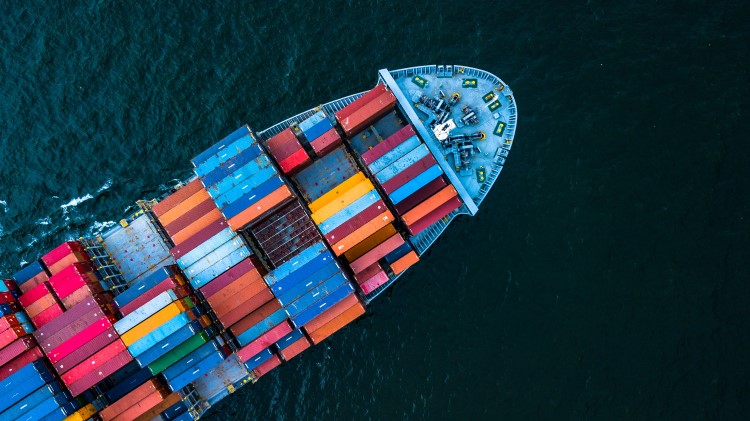Rare Shipments of Forties Crude Head to East Coast Refiners
(Reuters) — U.S. and Canadian refiners have turned to North Sea "Forties" crude oil for the first time in seven years in the latest sign of changing global oil flows from Russia's invasion of Ukraine.
Nearly 2.6 million barrels of the crude are set to arrive at U.S. East Coast ports since February, according to Customs data on Refinitiv Eikon. Some of the oil is likely headed to Canada via pipeline.
The light, low-sulfur Forties crudes are blended with others to replace Russian crudes that have been barred from the U.S. and Canada. Prior to the ban, about 50% of all crude from Russian ports that landed in the U.S. went to East Coast refineries, the customs data showed.
The tanker Sea Turtle in February discharged 770,000 barrels of Forties and Forties blend crudes in Maine, destined for Suncor Energy. It was the first shipment of Forties crude to the United States since October 2015, according to the data.
A second vessel in March discharged 585,000 barrels of Forties crude in Maine for Suncor, and on Wednesday tanker Navig8 Perseverance unloaded 630,000 barrels in Delaware City for PBF Energy.
Another 618,000 barrels of Forties is scheduled to unload next week in Delaware City, Delaware, according to Refinitiv Eikon ship tracking. The April deliveries will bring U.S. imports of crude oil from the United Kingdom to the highest since December 2021.
In part, refinery strikes in France have diverted the crude oil to the United States. Flows of North Sea crude to France have declined to their lowest this year, Refinitiv Eikon showed.
Suncor declined to comment, while PBF Energy did not respond to a request for comment.
The flow of Forties to the U.S. comes as high-sulfur east coast Canadian crudes increasingly head to Europe to backfill barred Russian supplies, said Matt Smith, Americas oil analyst at data provider Kpler.
U.S. East Coast imports of light sour Hibernia crude from off the coast of Newfoundland fell to 610,000 barrels in March, the lowest in six months.
In its place, light, sweet barrels from the North Sea, West Africa and North Africa are being combined with sour crudes from Mexico and Saudi Arabia to meet refiners' preferred specifications, Smith added.
Nigeria, the largest West African crude supplier to the U.S., delivered 4.3 million barrels in March, the highest since June 2018, customs data showed.
"There's definitely been a distinct change in flows into the East Coast," Smith said.
Related News
Related News

- Kinder Morgan Proposes 290-Mile Gas Pipeline Expansion Spanning Three States
- 1,000-Mile Pipeline Exit Plan by Hope Gas Alarms West Virginia Producers
- Valero Plans to Shut California Refinery, Takes $1.1 Billion Hit
- Three Killed, Two Injured in Accident at LNG Construction Site in Texas
- Boardwalk’s Texas Gas Launches Open Season for 2 Bcf/d Marcellus-to-Louisiana Pipeline Expansion
- New Alternatives for Noise Reduction in Gas Pipelines
- Construction Begins on Ghana's $12 Billion Petroleum Hub, But Not Without Doubts
- DOE Considers Cutting Over $1.2 Billion in Carbon Capture Project Funding
- Valero Plans to Shut California Refinery, Takes $1.1 Billion Hit
- Newsom Seeks to Aid Struggling Refiners Following Valero’s California Exit





Comments